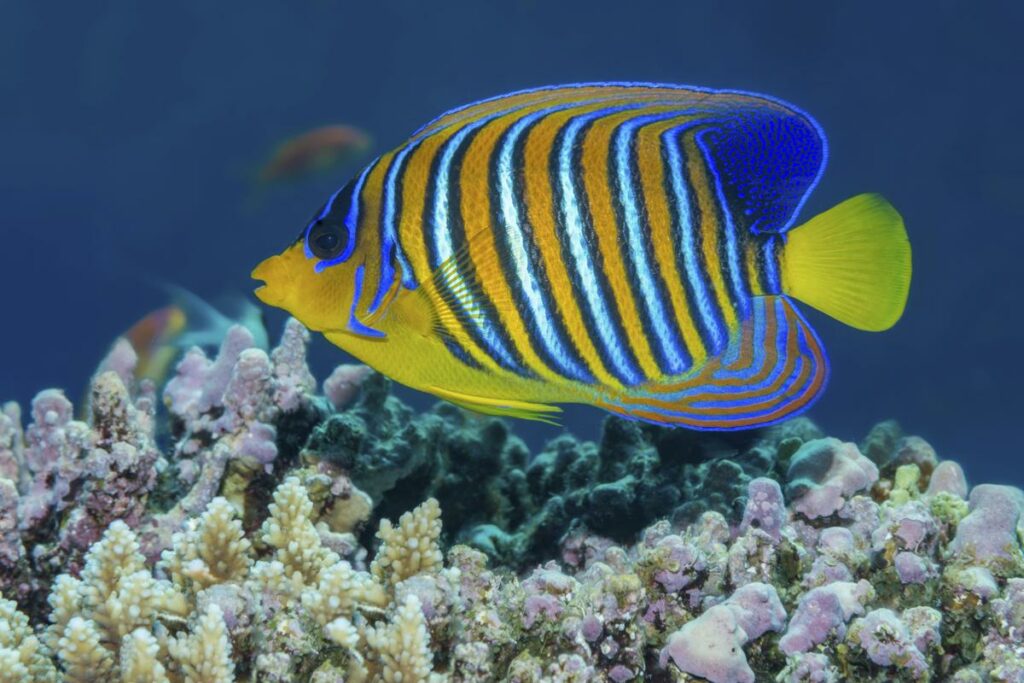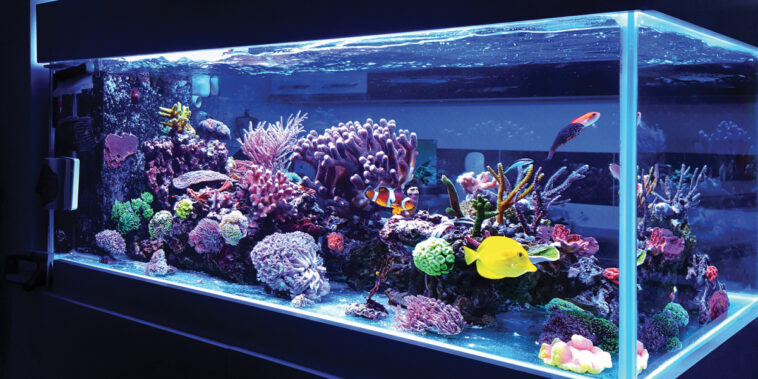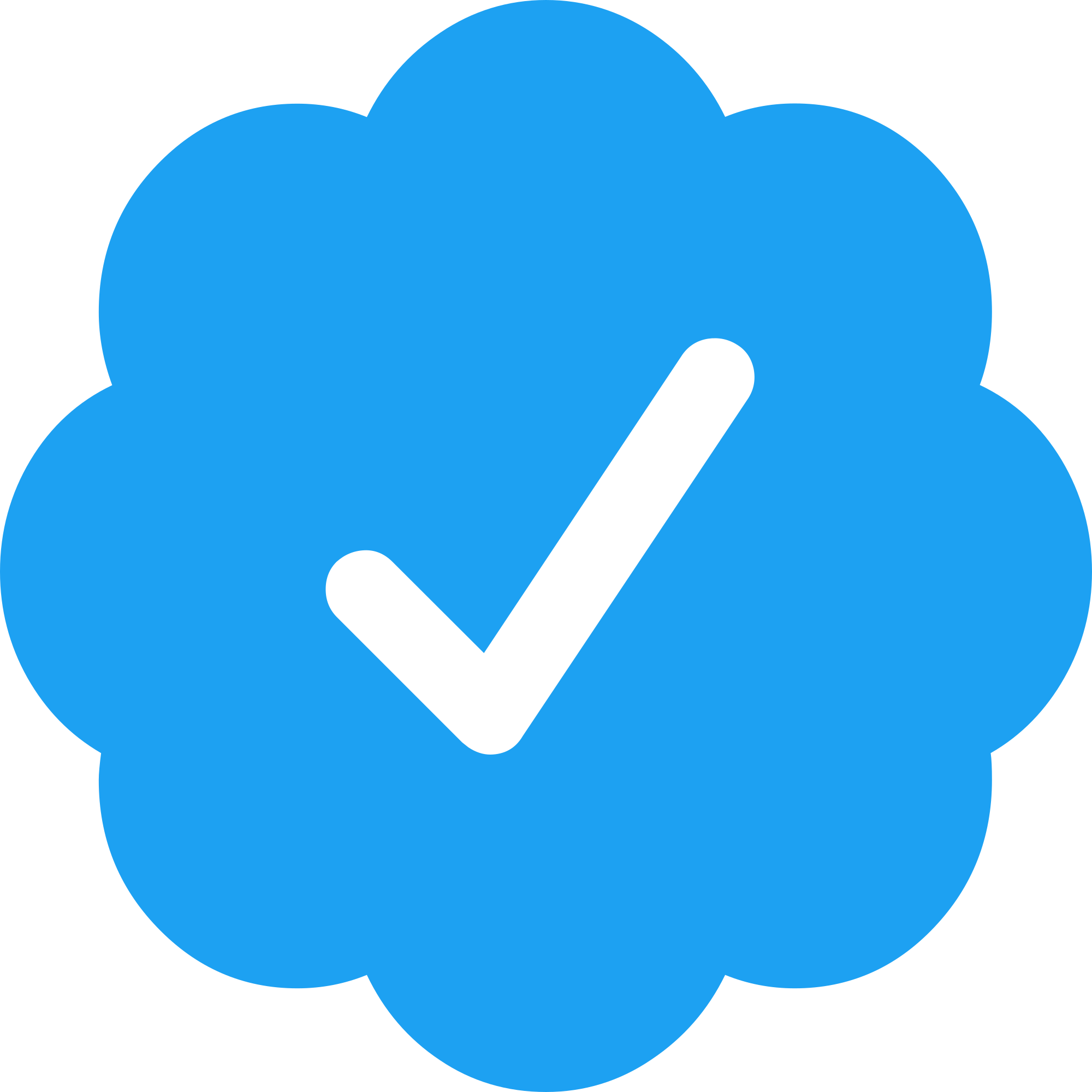By Lou Schiavo, World Wide Corals
A saltwater aquarium hobbyist’s guide to the proper set up and maintenance of a healthy tank.
It starts out as simple tanks of water that will eventually have aquatic life placed inside. The goal is to create the ultimate aquatic environment that is conducive to the tank’s inhabitants. A little extra care and patience in the beginning will go a long way toward creating a healthy and problem-free aquarium for years to come.
Choose a Location
Before any work is done with the tank itself, determine the best location for the aquarium. It should be placed away from windows, outside doors, heat vents and air conditioners as rapid changes in water temperatures are extremely stressful for all fish and live corals. Place your aquarium out of direct sunlight and in a room where you will spend a good amount of time.
Be sure your floor will support the aquarium’s weight. Also, if you rent your home, be sure to check your lease. Some apartments and condos limit the size of aquariums.
When choosing the perfect location, you want an area with access to electrical outlets. Most salt tanks will need access to at least four plug-ins. Make sure you have enough distance between the wall and the back of the tank to adequately fit your filters and to allow easy access for maintenance.
Set up the Tank
Rinse dust or debris from inside the tank before setting the stand into place, making sure it’s level. If you don’t have a carpenter’s level, place the tank on the stand and fill it with one to two inches of water. Check to see that the water is an even distance from the top of the stand on all four sides. An unbalanced aquarium can be extremely hazardous and increases the risk for cracking or leaking. Using anything other than a manufactured tank stand may void your tank’s warranty.
Once your stand is in place, fill the tank approximately one-third full of water. Carefully dry the bottom edge of the tank and stand then check for leaks. Look for water beading up on the bottom edge or running down the sides of the stand. If the tank leaks, empty it and return it to the store for a replacement. You can attempt to fix it, but repairing a leaky tank is difficult and there is no guarantee of success.
Set up your filter and protein skimmer according to the manufacturer’s directions. Don’t plug them in at this time.

Add Sand & Live Rock
Always rinse live sand in premixed saltwater before placing it into the aquarium. If purchasing live sand, rinse it in a small amount of premixed saltwater and discard the saltwater after rinsing.
Live rock can be rock from the ocean or it can be manmade. Along with live sand, it confers to the closed marine system multiple benefits desired by the saltwater aquarium hobbyist. The name sometimes leads to misunderstandings, as the “live rock” itself is not actually alive. Rather it’s simply made from the aragonite skeletons of long dead corals or other calcareous organisms, which form the majority of coral reefs in the ocean. When taken from the ocean it is usually encrusted with coralline algae and inhabited by a multitude of marine organisms. The many forms of micro and macroscopic marine life that live on and inside of the rock, which acts as an ideal habitat, give it the name “live rock”.
Finishing Touches
If no leaks have been noted, fill the tank the rest of the way with water. To protect aqua-scaping, place a small saucer or bowl into the tank and pour the water directly onto that. Check the tank for leaks again at this point.
Add the appropriate amount of water conditioner or additive to the tank then start adding commercial marine salt, a little at a time, until you get a specific gravity reading of around 1.020 with the hydrometer. Your goal is a specific gravity of 1.020 to 1.025 for fish–only aquariums and 1.023 to 1.025 for fish and live coral reef tanks. It may take up to 24 hours for the specific gravity level to stabilize, so wait before making your final specific gravity adjustments.
Place the heater into the tank or the filtration area but do not plug it in at this time. The best place for the heater depends on the type of heater. Clip-on, non-submersible heaters that must hang vertically in the tank should be placed as close to the outflow of the filter as possible. Submersible heaters should be placed as close as possible to the inflow of the filter. These placements allow the heated water to be better dispersed throughout the tank. Be sure the heater is installed appropriately to avoid overheating.
Wait 20 minutes then plug in your heater and protein skimmer and top off your water level, if needed. Following the instructions included with the heater, adjust your heater to obtain your target temperature.
The Stabilization Period
Your saltwater system is now set up and running, but don’t rush off to buy livestock just yet. You need to wait until the temperature of your tank has remained stable for at least 24 to 48 hours. This allows the atmospheric gases in the water to dissipate and makes certain that your heater is working correctly. Don’t be surprised if your water becomes cloudy. Wait until the cloudiness dissipates before adding fish.
If the water temperature and specific gravity levels have remained stable for at least 24 to 48 hours and the cloudiness has disappeared, you are now ready to begin the cycling process of your new tank. There are additives that will speed up the tanks cycle, like Brightwell Aquatics MicroBactor 7. You can expect the cycle to tank anywhere from four to six weeks before the tank will be ready for any livestock, so the best advise we can give during this time period is to be patient as possible and do not rush it.
About the Author
Lou Schiavo is co-founder/co-owner of the internationally renowned company World Wide Corals, which was established in 2006. Lou is the Chief Operations Officer (COO), overseeing the company’s daily operations, including aquarium service, trade shows, retail store and the www.WorldWideCorals.com. Currently, he is heavily involved with the development of two new Word Wide Corals retail locations here in Central Florida.
Lou is originally from Philadelphia, PA and has resided in Orlando Florida since 1990. He is a long-time saltwater hobbyist with an affinity for reef tanks.










Comments